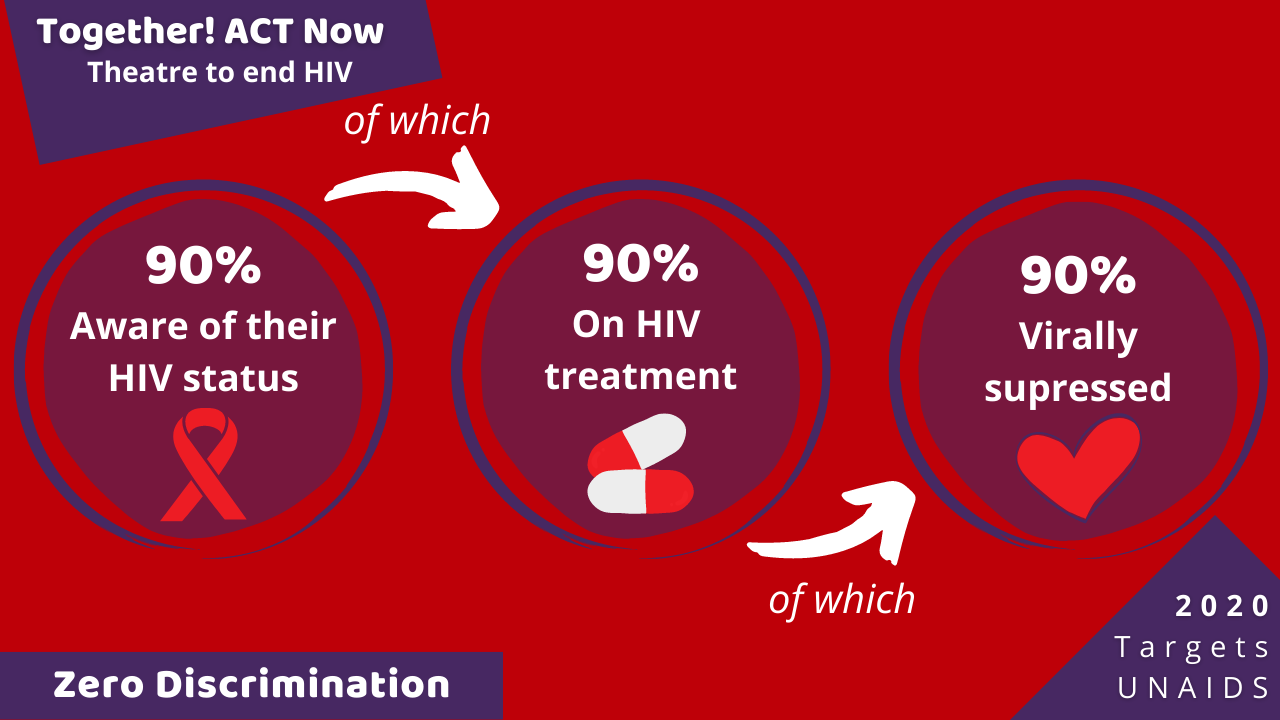
Global Alliance Progress and Challenges in Combating HIV in Children and AdolescentsGlobal Alliance Progress and Challenges in Combating HIV in Children and Adolescents Launch and Membership: The Global Alliance was established in 2022 by the World Health Organization (WHO), UNICEF, and UNAIDS, comprising 12 African countries. Progress in Prevention and Treatment: The report highlights the progress made in preventing HIV transmission from mother to child, with four million infections averted among children aged 0-14 since 2000. Many Alliance countries have achieved high coverage of antiretroviral therapy for HIV-positive pregnant women, with Uganda approaching 100%. Advances in Treatment: Medical advancements have enabled babies to be born and remain HIV-free through effective treatment. However, this treatment needs to be scaled up to reach all children living with HIV. Unmet Targets and Slowing Progress: Despite advancements, progress in preventing new HIV infections and AIDS-related deaths in children has slowed in recent years. The report indicates that neither the world nor Alliance countries are on track to meet HIV-related targets for children and adolescents. Treatment Gap and Age Disparities: A significant treatment gap exists for children living with HIV, with many still not receiving the care they need. Additionally, there is a widening gap in treatment coverage between adults and children. Vulnerability of Women and Girls: Gender inequality and human rights violations contribute to women’s increased vulnerability to HIV and limit their ability to access treatment. The Alliance and UN agencies emphasize the need to address these factors. Call for Global Cooperation: The Global Alliance encourages stronger global cooperation to eliminate AIDS by 2030. This includes supporting governments in scaling up testing and treatment, ensuring that children and adolescents receive the necessary care and support, and addressing the underlying social and gender inequalities that perpetuate the HIV epidemic.
The Global Alliance was launched in 2022 by the World Health Organization (WHO), the UN Children’s Fund (UNICEF) and the Joint United Nations Programme on HIV/AIDS (UNAIDS) and includes 12 African countries.
The new report – Transforming Vision Into Reality – also highlights the significant progress made in preventing four million infections among children aged 0 to 14 years since 2000, thanks to programmes that target vertical transmission of HIV – that is, from mother to child.
Advancing nations
Many countries in the Global Alliance have achieved significant coverage of lifelong antiretroviral therapy among HIV-positive pregnant and lactating women, with Uganda approaching 100 percent.
“I applaud the progress many countries are making in rolling out HIV services to keep young women healthy and protect babies and children from HIV,” said Winnie Byanyima, UNAIDS Executive Director.
“With the medicines and science available today, we can ensure that all babies are born and remain HIV-free, and that all children living with HIV receive and remain on treatment,” she added.
Ms Byanyima said modern medicine and science help ensure babies are born and remain HIV-free through effective treatment. But this treatment, she said, needs to be scaled up to ensure all children are reached.
“We cannot rest on our laurels,” she said. “The world can and must fulfill its commitment to end childhood AIDS by 2030.”
Not on schedule
Despite remarkable progress, the report states that neither the world nor Global Alliance countries are on track to meet HIV-related targets for children and adolescents. Moreover, progress in preventing new HIV infections and AIDS-related deaths in children has slowed in recent years.
“While we have made progress in improving pregnant women’s access to testing and treatment to prevent vertical transmission of HIV, we are still a long way from closing the treatment gap for children,” said WHO Director-General Tedros Adhanom Ghebreyesus.
“We must further strengthen the collaboration and reach of the Global Alliance and we must do this work with focus, purpose and in solidarity with all affected mothers, children and adolescents.”
Age and gender differences
The report noted that approximately 120,000 children aged 0-14 years were infected with HIV in 2023, and that 77,000 of those cases occurred in Global Alliance countries. These countries also accounted for 49,000 of the 76,000 global AIDS-related deaths among children aged 0-14 years.
The report also notes a widening gap in the treatment of adults and children.
“Without timely and effective testing and treatment, HIV remains a persistent threat to the health and well-being of children and adolescents, and they are at risk of death,” said Anurita Bains, UNICEF Deputy Director for HIV/AIDS.
“To close the treatment gap, we must support governments to scale up innovative testing methods and ensure that children and adolescents living with HIV get the treatment and support they need.”
Gender inequality and human rights violations are cited as factors that increase women’s vulnerability to HIV and limit their ability to access necessary treatment.
All UN agencies involved in the Global Alliance encourage stronger global cooperation to eliminate AIDS by 2030.
